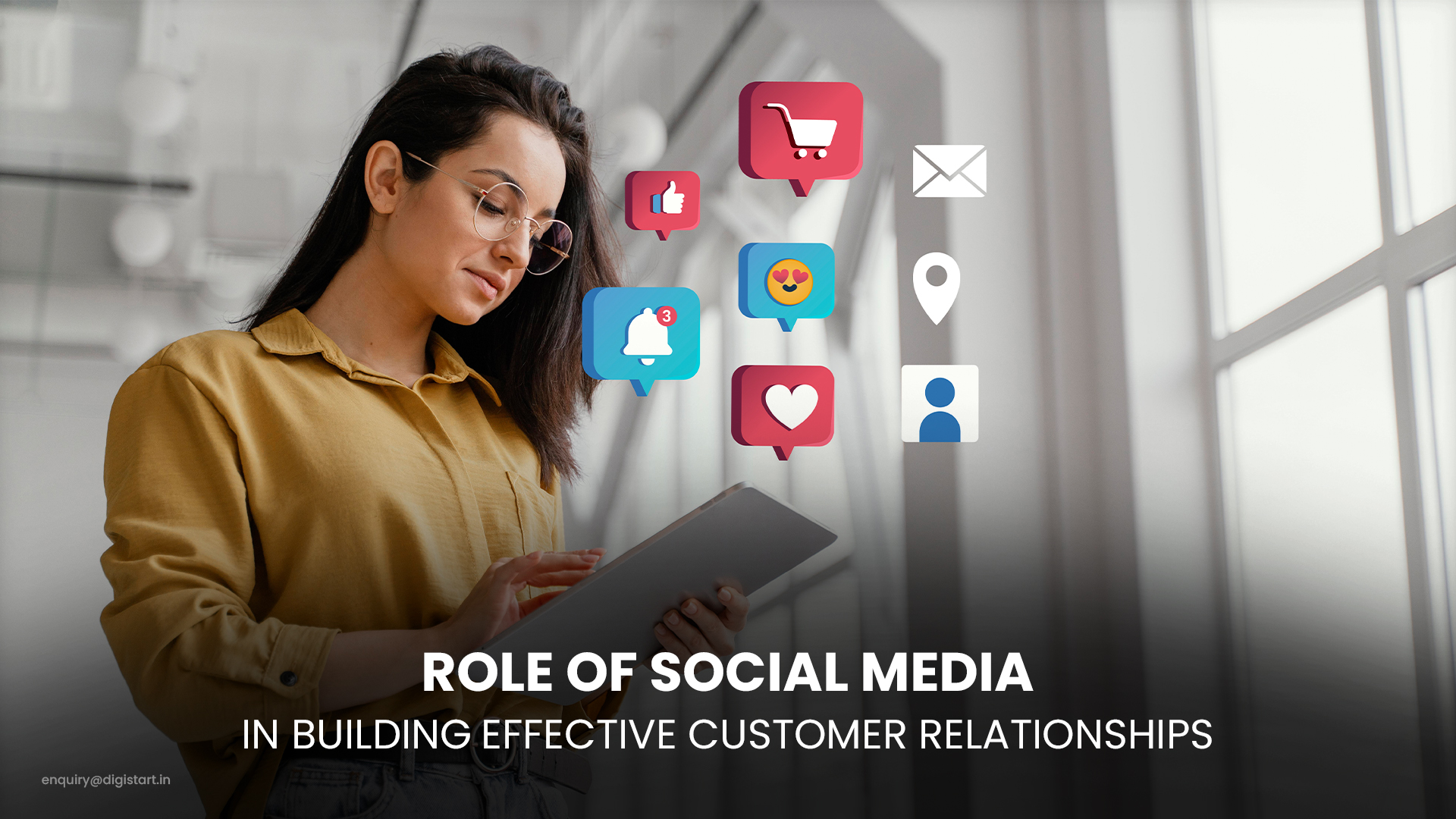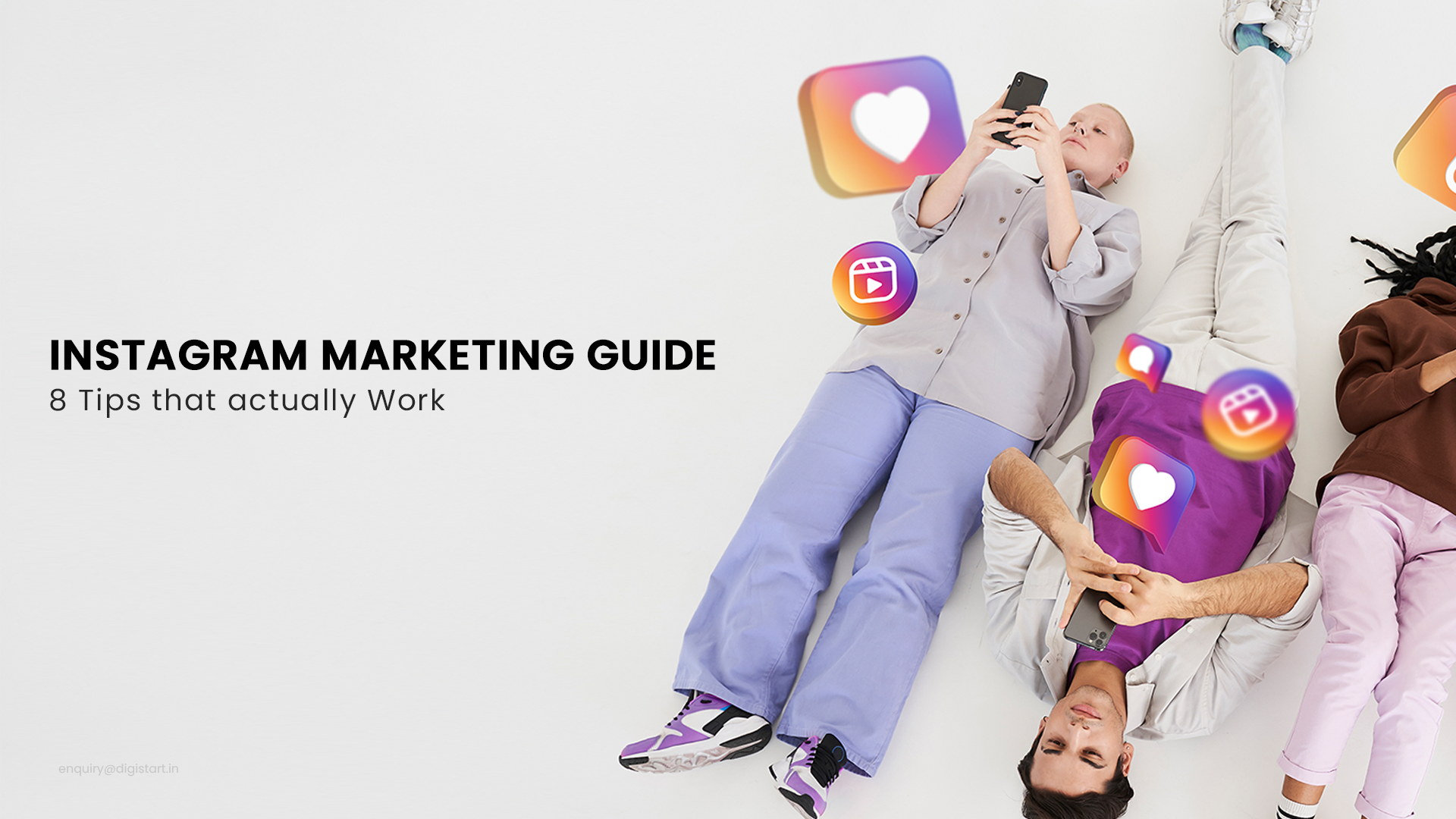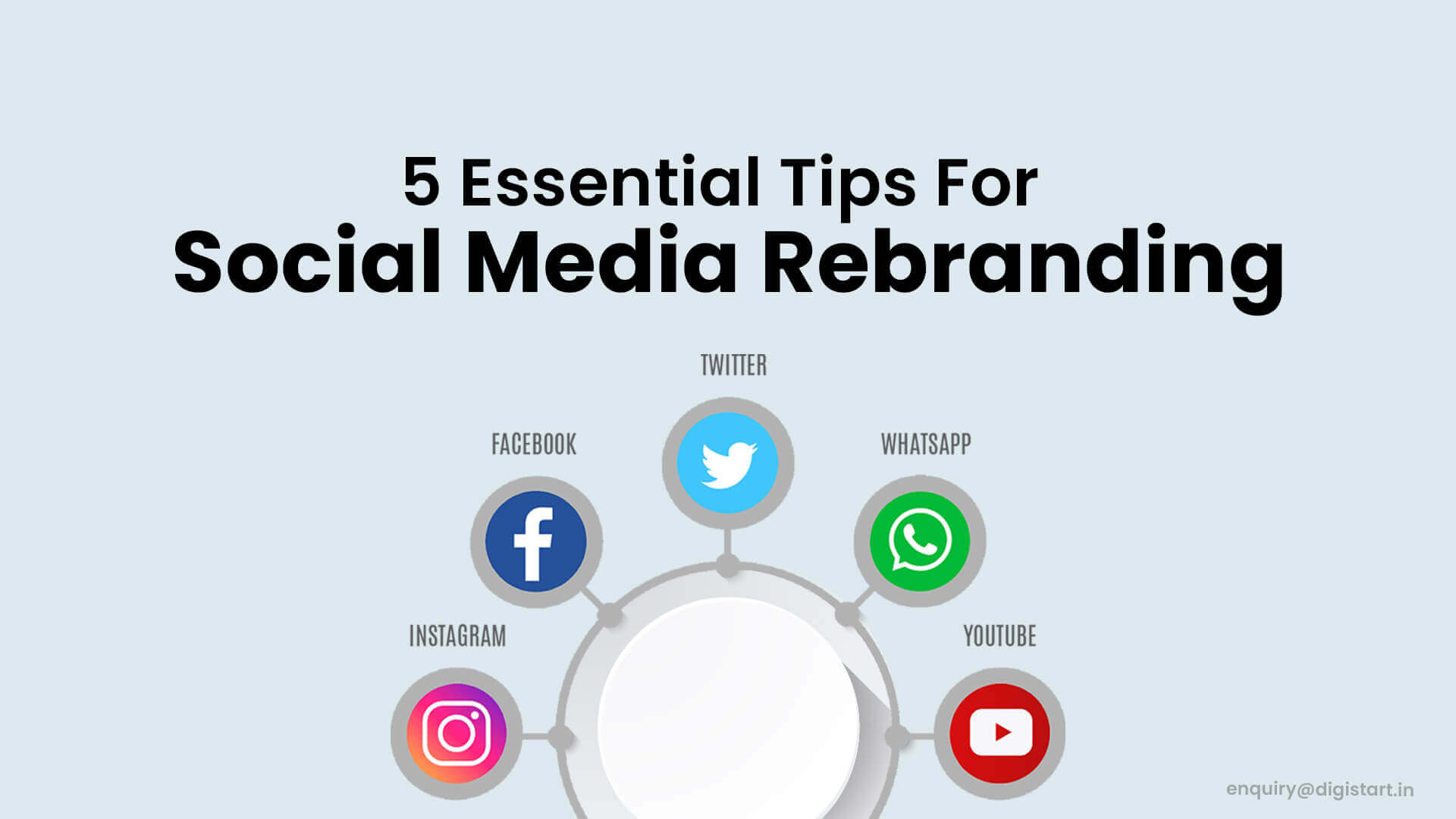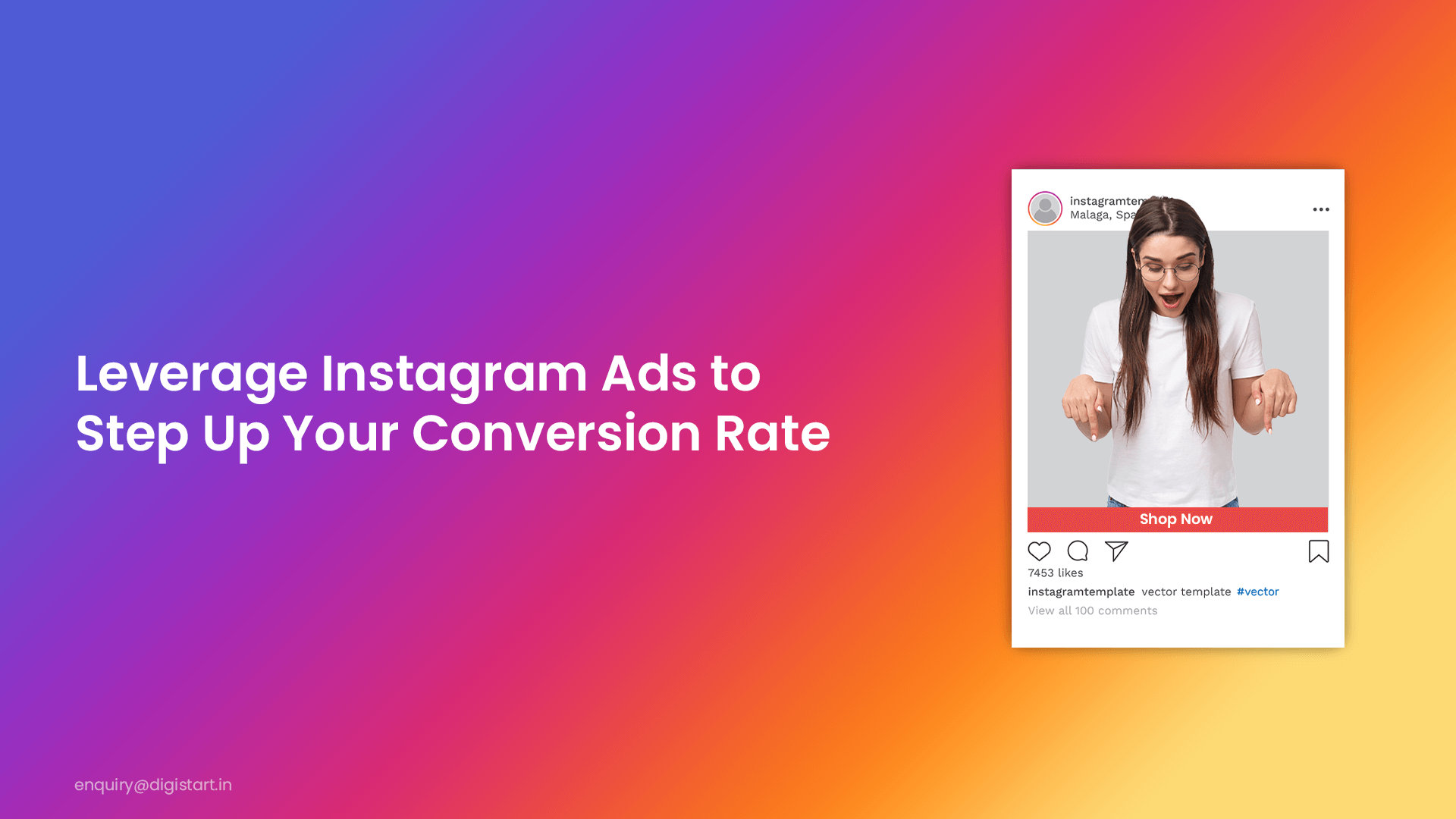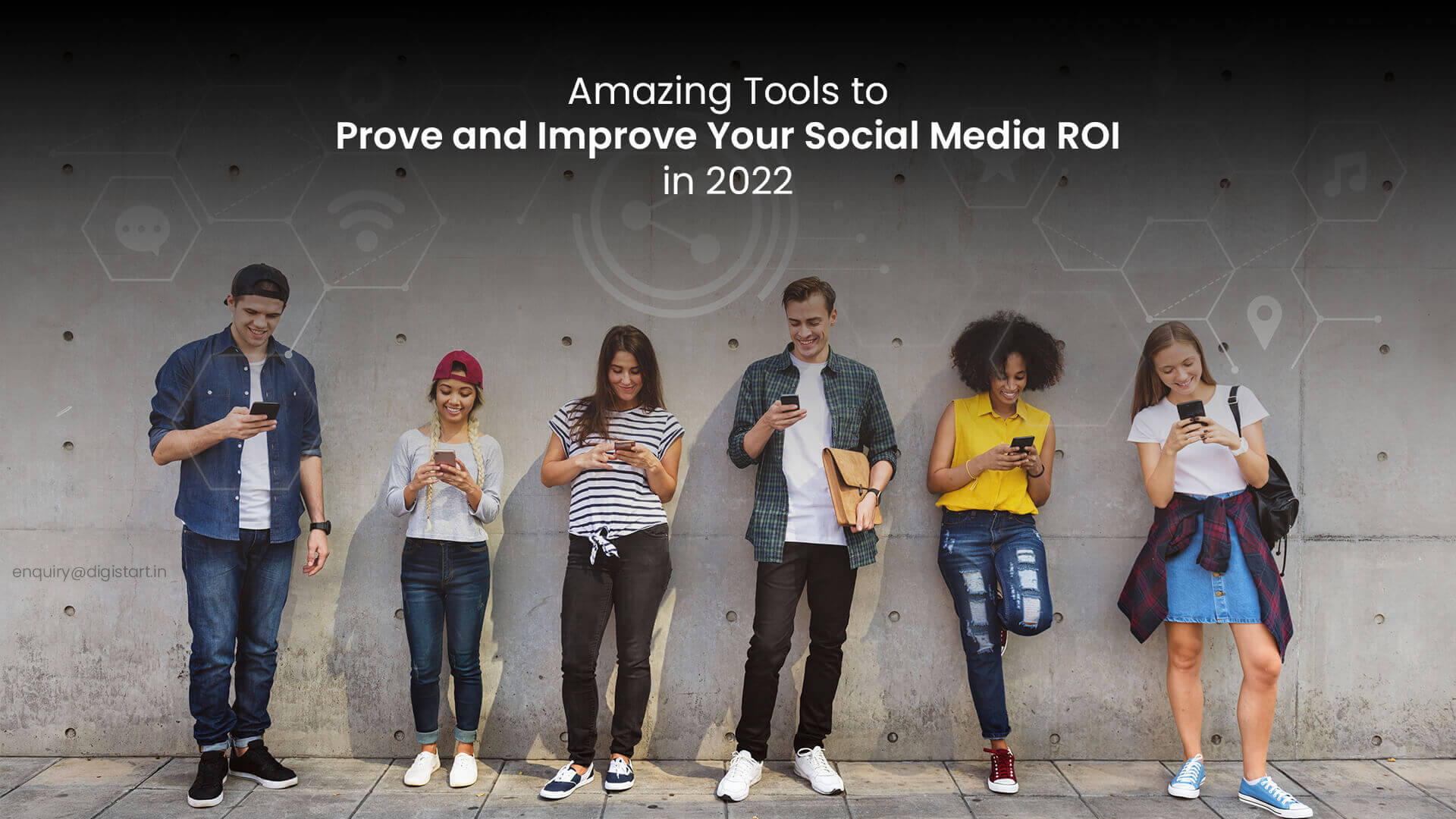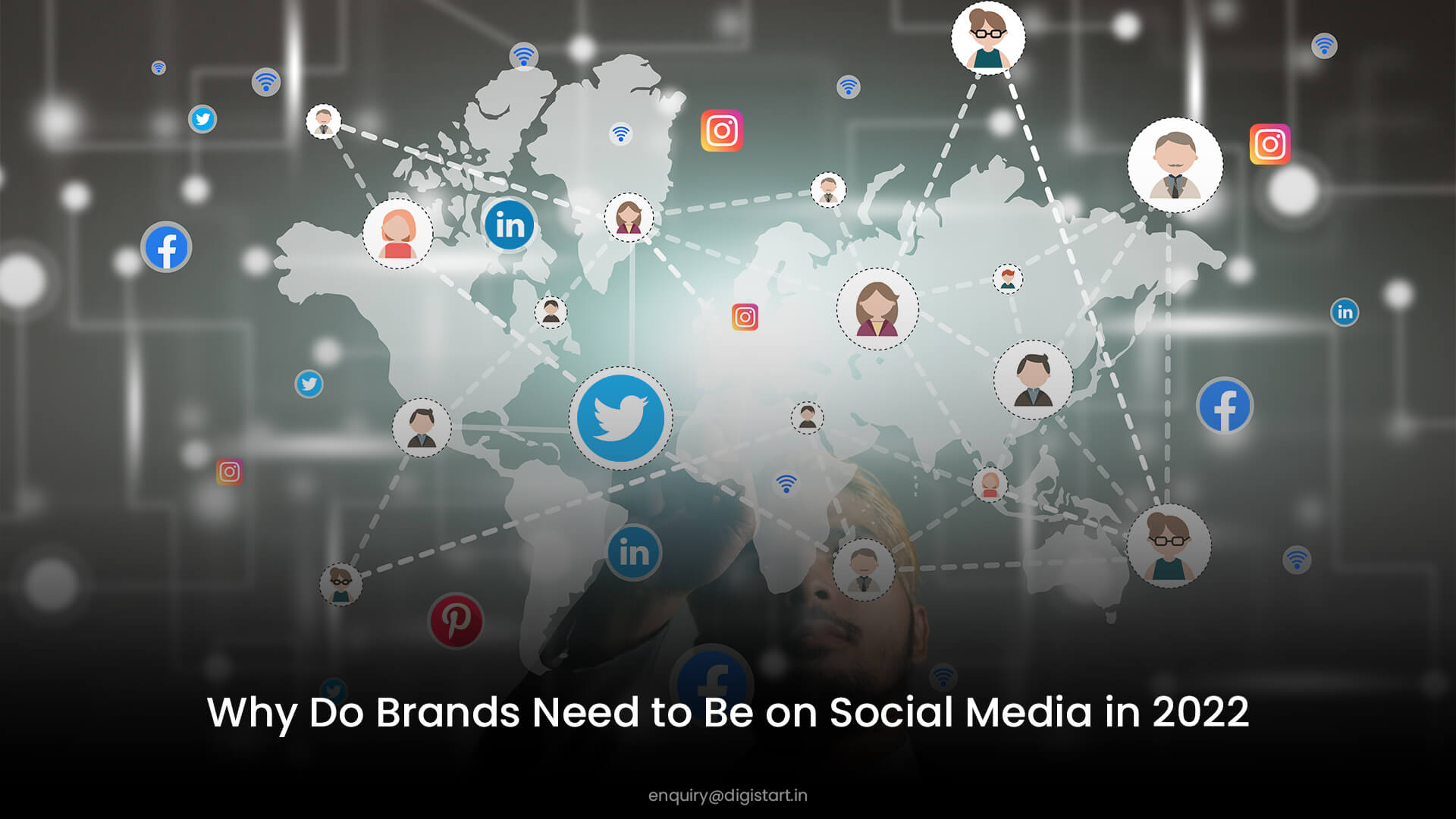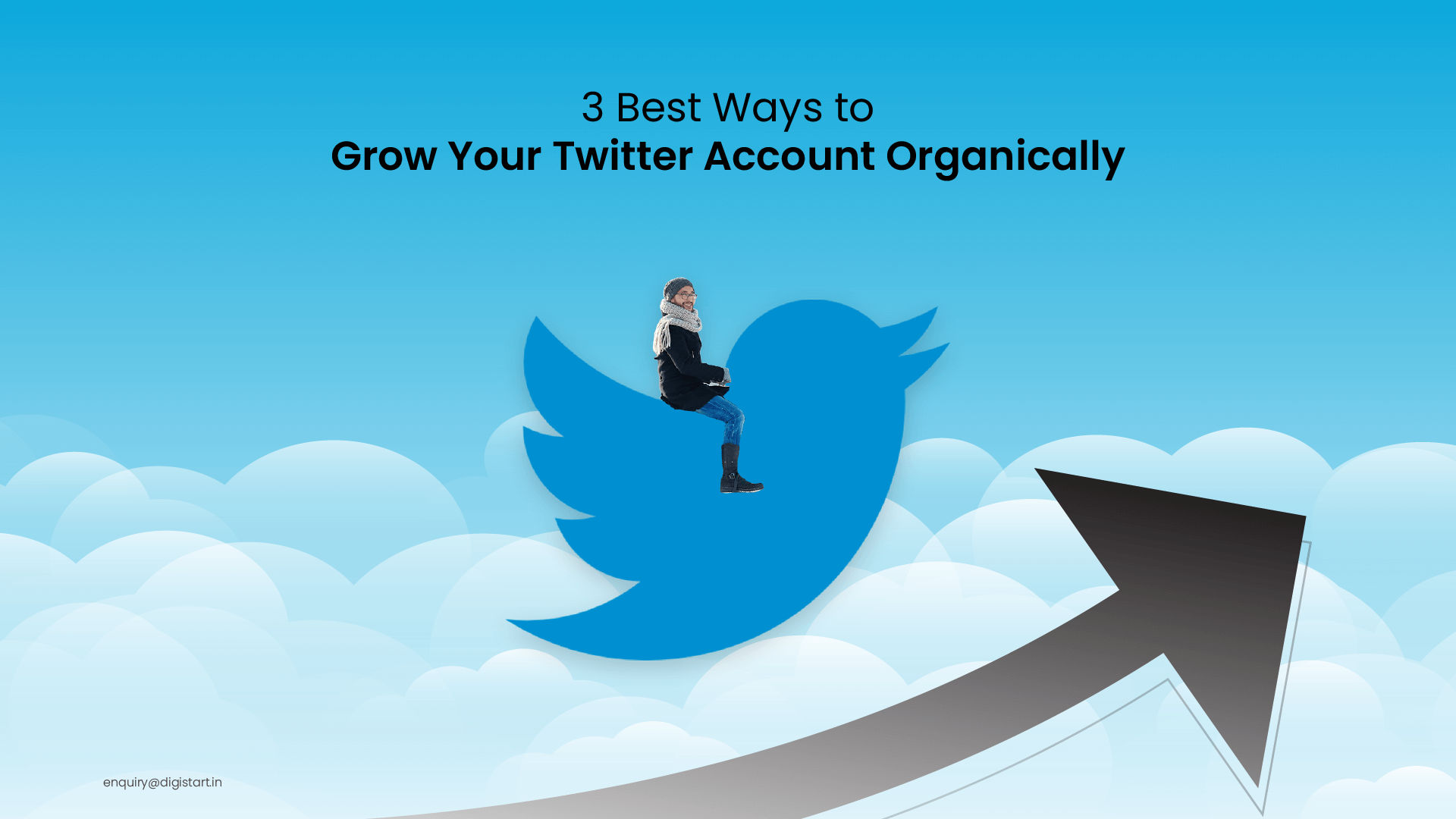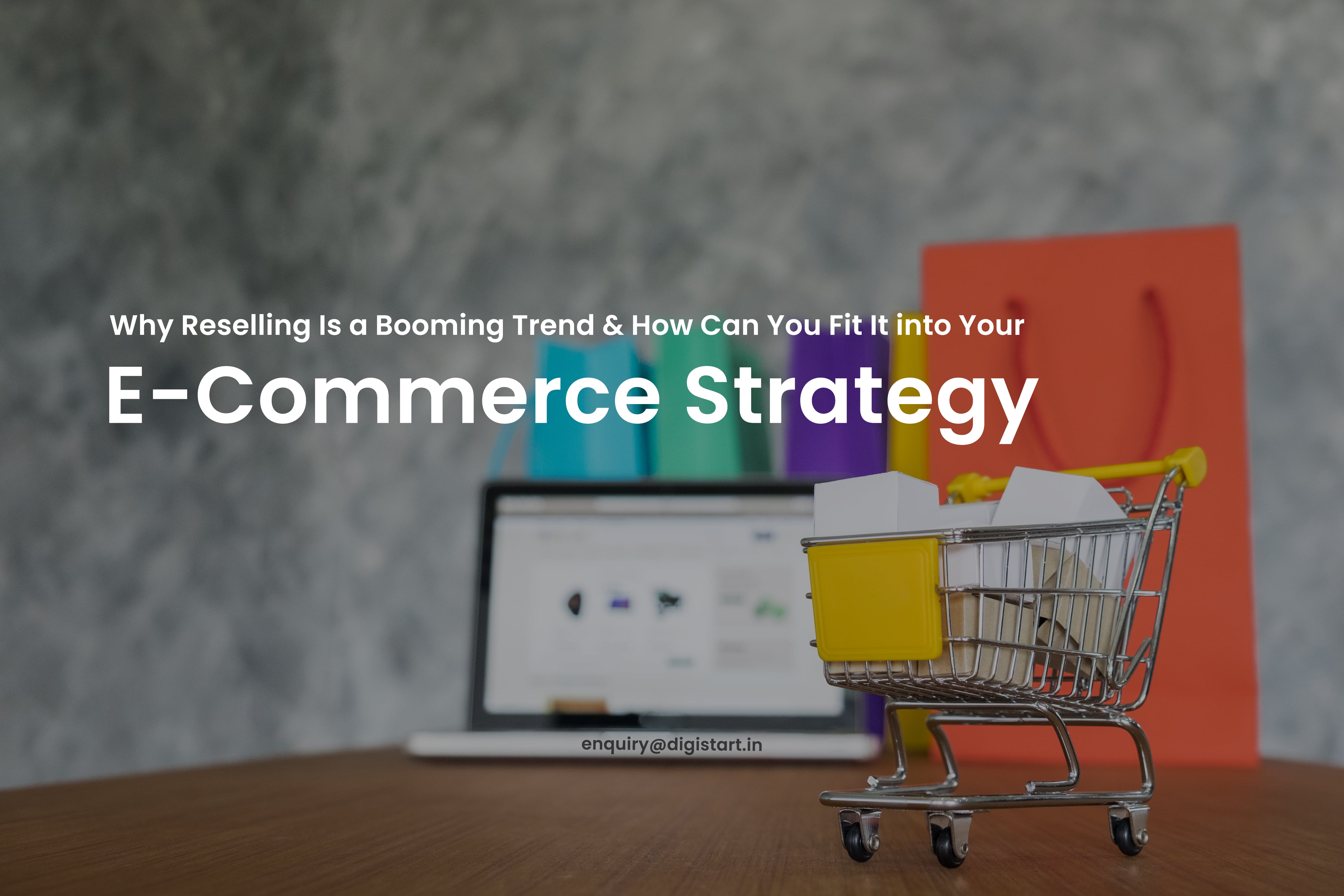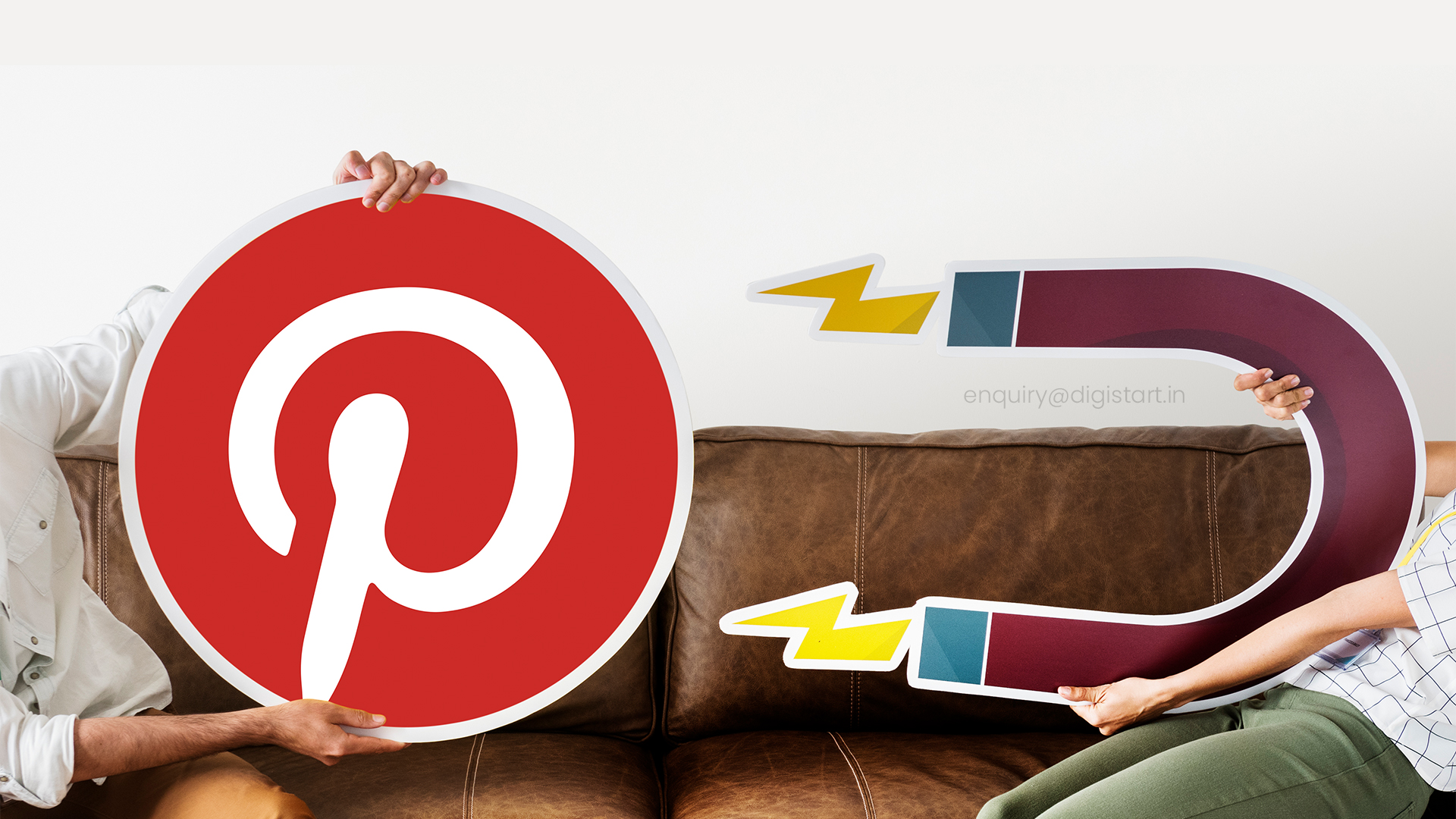 29 Aug 2023
29 Aug 2023
For the past few years, many e-commerce firms have been obsessed with sustainability. We see more and more often that resale is becoming a permanent part of sustainable projects, and we understand why.
According to GlobalData research, the global secondhand sector is developing 11 times faster than traditional retail and is expected to reach €84 billion by 2030. According to this research, the secondhand market is expanding faster than the demand for sustainable fashion.
A surprising shift in consumer behavior
According to the survey, 118 million consumers bought a used product for the first time in 2021, up from 36.2 million in 2020. The fact is that the supply chain isn't transparent and they can't rely on the product's claimed sustainability due to greenwashing.
So, it shouldn't come as a surprise that big retailers are trying to make reselling easier and build it into their regular business models to bring in more money.
It may appear that this method is only appropriate for large corporations, yet this couldn't be further from reality. Most top social media marketing agencies for small businesses suggest that It is conceivable for every brand to incorporate resale into their business strategy, including smaller businesses.
But, why the sudden change in buying pattern?
There are several reasons why brands are currently focusing on the resale market. First and foremost, you've probably seen a lot of second-hand trading going on. Vinted and The Next Closet are fast expanding in both popularity and volume. Second-hand Facebook groups and marketplaces trade are also highly popular.
According to Digistart - a social media marketing agency in Bangalore, customer preferences are changing. They still want to buy stuff at low prices, but they also want to reuse them, reducing waste and pollution. All of these requirements are met through resale. Resale is a technique for certain firms to create long-term relationships with their customers while also reinvigorating their brand's ethical worth.
The difference in environmental consequences between new and used goods is enormous. The carbon footprint of used goods is a stunning 82 % lower.
How to get started with reselling?
Consumers in the fashion and interior design industries are accustomed to purchasing something new on a regular basis and frequently use second-hand options for both buying and selling. Furthermore, numerous studies demonstrate that Gen Z, in particular, favors resale products that are both more sustainable and less expensive.
Here are some of the top-notch strategies to incorporate reselling into your e-commerce plans.
Own or use an existing platform
Another option is to sell your secondhand items through your existing e-commerce platform. This is similar to what Flipkart and Amazon do on their current platforms. You can also set up a separate e-commerce site, such as Meesho or OLX.
Using a distinct e-commerce environment also allows you to build up targeted marketing operations centered on this product/customer group, and to solely use the data gathered there for resale.
Buy-Back
Buy-Back is a business strategy in which you or third party purchases used goods directly from the client. This provides for a higher profit margin when selling the product and provides the buyer with some credits for future purchases.
This motivates them to purchase something new. The disadvantage is that you are taking a risk with the bought-back item because you don't know whether or not you will sell it again.
Consignment
Consignment works similarly to the buy-back business concept. The distinction is that with consignment, the ultimate payment is only settled once the buyer has paid and the seller has accepted the sale.
This implies you don't have to finance things ahead of time. The disadvantage is that your margin is lower, and you cannot directly reward the seller with shopping credits for future purchases.
Peer-To-Peer
Drop shipping and peer-to-peer are extremely comparable business models. It is through you that the buyer and seller's transaction and shipment are made possible. Because you don't have to retain stock, this is a benefit.
Meesho is a good example of a site where this is done directly between the buyer and sellers. Peer-to-peer technology is used to finish the deal once the product has been sent to the buyer.
The bottom line
Reselling can be an excellent part of your sustainability plan. People in Generation Z, in particular, have a strong preference for secondhand goods. Besides giving you an opportunity to connect with your consumers on a deeper level, it also allows you to earn store credit, which can be redeemed for future purchases at your store.
What to do next?
To start your reselling business or make it bigger, you can approach the social media marketing agency services in Bangalore today and see how they help you in setting up your reselling business.
Disgistart is one such social media marketing agency for small businesses. Digistart is known for helping small businesses to establish their market positions and grow their sales and customers.


